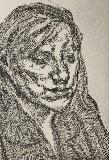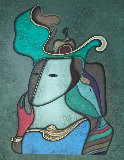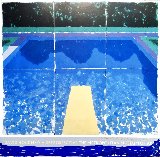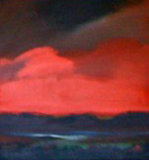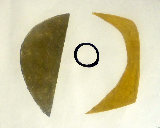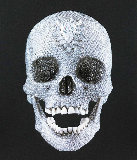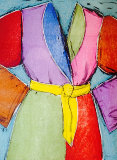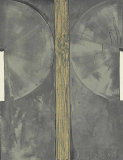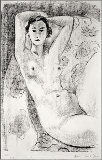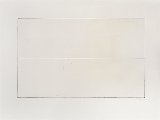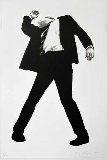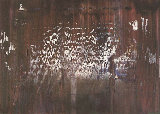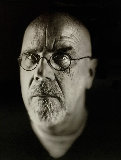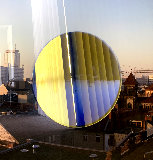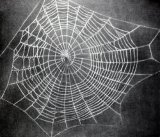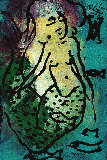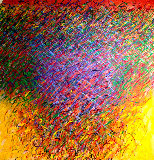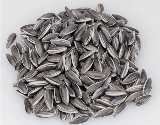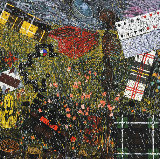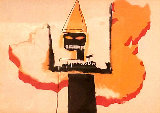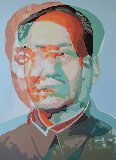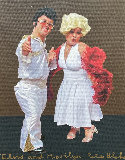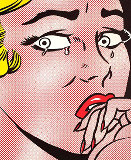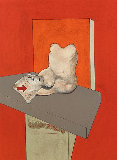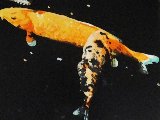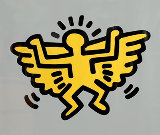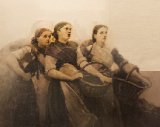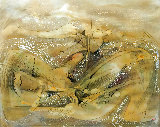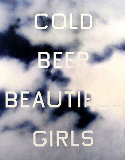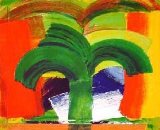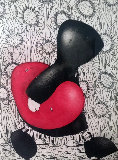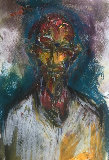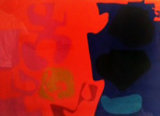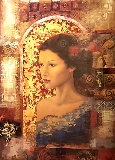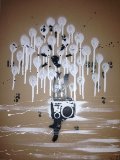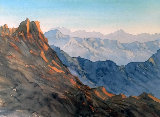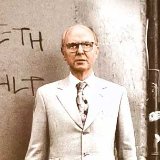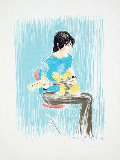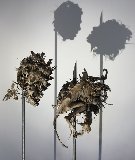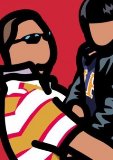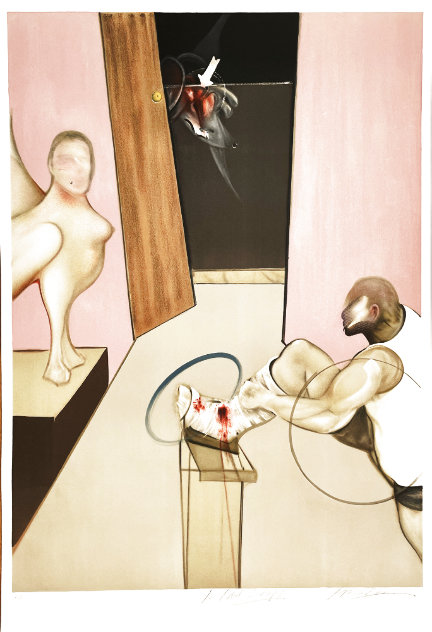




Oedipus And the Sphinx (After Ingres) 1984
Francis Bacon
Limited Edition Print : Lithograph in Colours, 1984, on Wove Paper
Size : 46.06x33.86 in | 117x86 cm
Edition :
-
Sold Blue Chip
SOLD I have one and want to sell it
Year1984
Hand SignedLower Right In Pencil
Condition Excellent
Other Frame
Provenance / HistoryProvenance: Private Collection,New YorkPaul J Schupf. The dedicee of this print was an Art Collector patron of Francis Bacon who, we believe, was gifted this print for buying an original canvas.
Story / Additional InfoFrancis Bacon (1909 - 1992) This is dedicated “To Paul Schupf†(Bottom centre) Edition: HC - Bottom Left. There was a signed and numbered edition of 150
Literature: Francis Bacon: Oeuvre Graphique (Catalogue Raisonee) Bruno Sabatier Number Francis Bacon Estampes, Collection Alexandre Tacou Number 17Published by: Editions de la Difference, ParisPrinted by: Arts Litho, Paris Note: This work is after a canvas by the artist , made in 1983 measuring 198 x 147.5 cms. The composition was greatly inspired by the theme developed by Ingres in his three versions of Oedipus and the Sphinx, one of which is in the National Gallery in London. ‘Oedipus no longer occupies the centre of the painting, as with Ingres, but is pushed or pulled towards the right side, leaving only part of himself visible in a centre.
Certificate of AuthenticityArt Brokerage
LID146312
Francis Bacon - Ireland
Art Brokerage: Francis Bacon Irish Artist. b. 1909-1992. Bacon was an Irish artist and one of the most unique, engaging figurative painters to emerge during the post-war period. His grotesque imagery—contorted limbs, howling mouths agape, blood—served as method of exploring nihilism and death at a time when Europe had been repeatedly savaged by war. Inspired by both the Old Masters and Surrealism, Bacon produced several compositions based on the work of other painters, notably including his arresting Study After Velazquez's Portrait of Pope Innocent X (1953). In this iconic work, Bacon transforms Diego Velazquez's classic portrait into a screaming, terrifying figure. "I feel ever so strongly that an artist must be nourished by his passions and his despairs," he once said. "The feelings of desperation and unhappiness are more useful to an artist than the feeling of contentment, because desperation and unhappiness stretch your whole sensibility." Born on October 28, 1909 in Dublin, Ireland, the self-taught artist moved to London to escape a hostile home life. Bacon became part of the local art scene in the British capital, which included his friends Lucian Freud, Isabel Lambert, and John Deakin. After the death of Bacon's lover in 1972, his work became even more personalized, with a renewed focus on mortality. In 1963, a retrospective at the Guggenheim Museum in New York brought international prestige, which continued until his death on April 28, 1992 in Madrid, Spain. Today, his works are held in the collections of The Museum of Modern Art in New York, the Tate Gallery in London, the Art Institute of Chicago, the Hugh Lane in Dublin, and the Albertina in Vienna, among others. Listings wanted.


